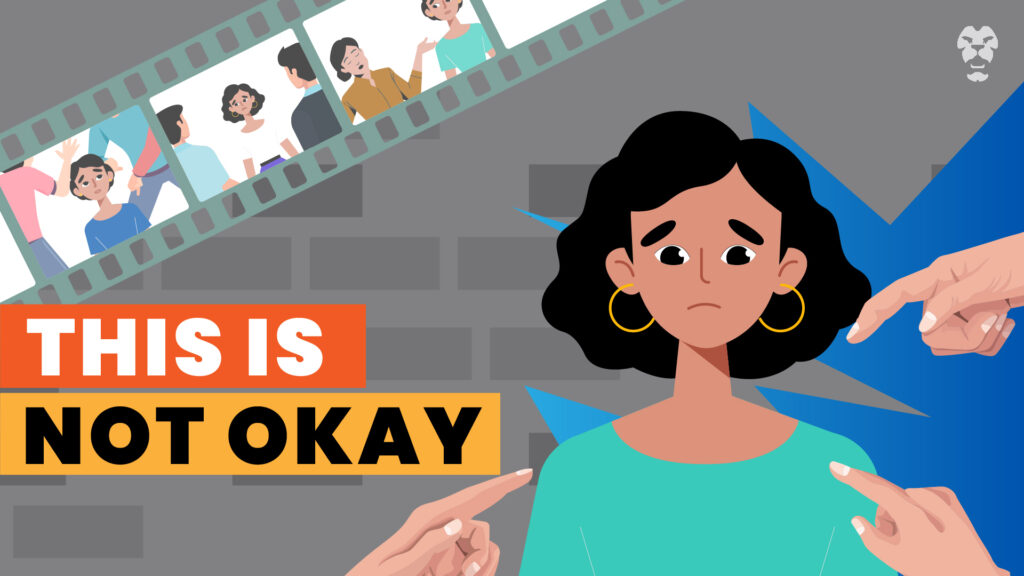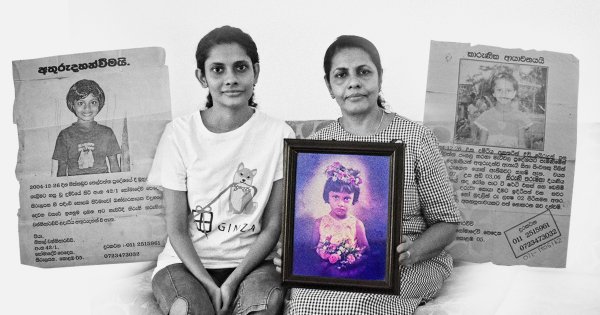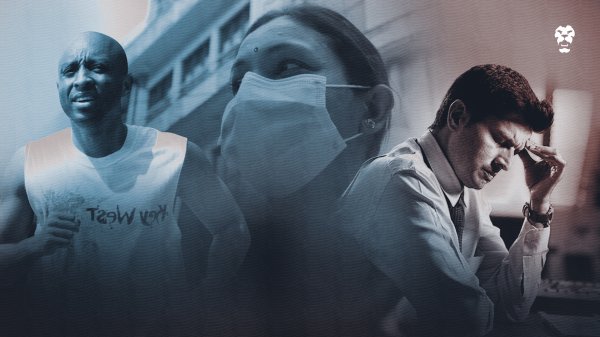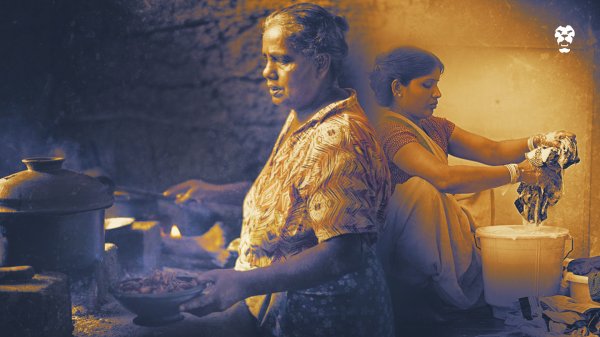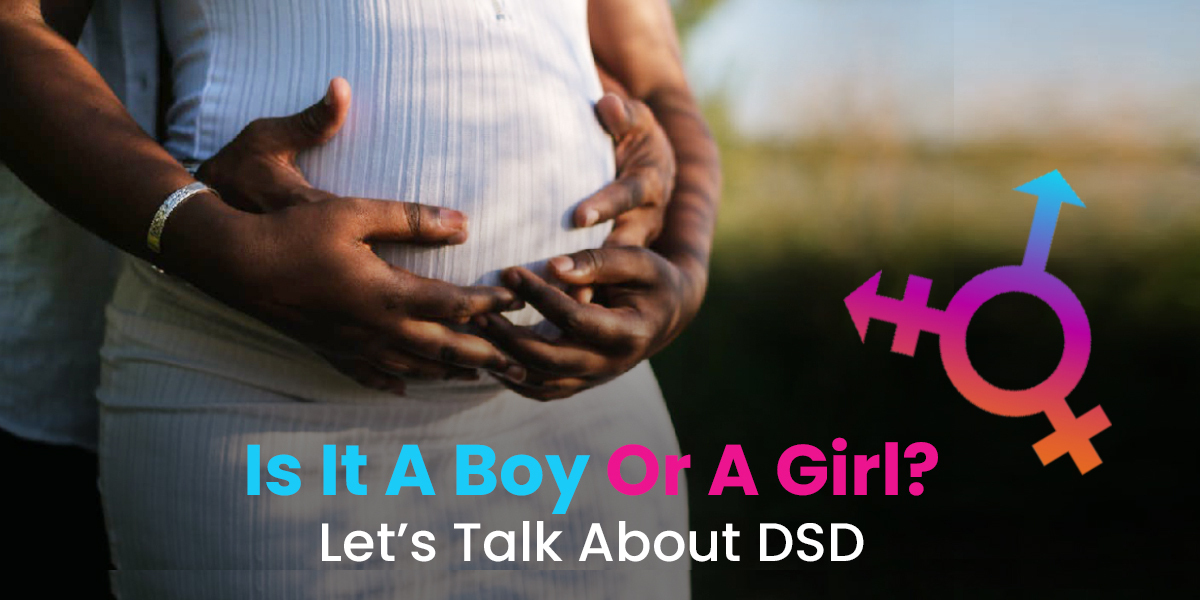
“When we found out about the sex change that was necessary for our second child, we decided to leave our hometown. Everyone we knew lived there — our relations, our friends — we didn’t think that they would understand. We didn’t know how to explain it to them,” Shashi* said.
For parents like Shashi*, giving birth to a child with DSD can affect their entire lives.
Globally, it is estimated that one in 5,000 births has a variation in the typical presentation of sex development. To date, the Lady Ridgeway Hospital in Borella, Sri Lanka has documented more than approximately 200 cases of children or adolescents born with Differences in Sex Development, a condition commonly known as DSD.
These individuals are cared for by the limited Paediatric Endocrinologists who practise in Sri Lanka. This number, however, is likely to be far from reflective of the real prevalence of DSD.
In Sri Lanka, cases of DSD often go undocumented. There are several reasons for this, but a key reason is that parents often choose to ignore the condition their child is born with to avoid social stigma and marginalisation.
These children and their parents spend their lives engaged in numerous medical, legal, and societal battles – all of which are both physically and mentally draining. Let’s unpack why.
So, what is DSD?
It usually all starts manifesting at birth. The sex of an individual is typically identified at birth, based on external genitalia. However, in some rare cases, babies are born with external sexual organs that don’t conform to typical male or female organs.
The condition can manifest in three possible ways.
Today, modern science is still working to unravel the factors that determine the sex and gender of an individual. We now know that sex development is influenced by seven areas:
The interactions of these seven areas can create many different variations of sex development, just like how there are multiple variations of eye colour, hair colour, body types, and more.
But, because so many factors are at play here, these atypical characteristics make it difficult for doctors to assign a sex at the time of birth to children with DSD. Both medically and legally, this opens doors to a range of complications for parents to navigate.
At birth, if a child with ambiguous genitalia is detected, it is important to get specialised medical advice, appropriate investigations, and medical counselling before a sex is assigned to the baby, rather than arbitrarily guessing at the sex. This helps prevent many adverse social and even legal implications that the baby and family could face, if the baby’s sex needs to be changed subsequently.
‘Is it a boy or a girl?’
The answer to this question, one that every parent and doctor has to answer at birth, isn’t always clear cut in the case of a DSD birth.
When it’s difficult to identify, parents and doctors often choose between one of the sexes to register the birth of the child and to raise them in the chosen gender.
In certain conditions, genital operations may be required, based on the child’s condition. In some other instances, especially in the form of DSD known as congenital adrenal hyperplasia (CAH), the baby may face life-threatening circumstances if the condition is not detected and treated early.
“My child was severely ill and had to be transferred to Lady Ridgeway Hospital, where my child was diagnosed with a rare form of CAH,” Shashi* said. “When the doctors treated our baby, we discovered she had male sex organs.
“After in-depth education and counselling by a team of specialists, we arrived at a joint decision to reassign the sex of our baby. However, our baby had already been registered as a female, which led to a lot of problems for us”.
“When a baby is born with atypical genitalia, it’s important that this is detected and addressed,” said Dr. Sumudu Nimali Seneviratne, Honorary Consultant Paediatric Endocrinologist, Lady Ridgeway Hospital for Children and Director, Center for Complex Hormonal Disorders, Faculty of Medicine, University of Colombo. “If the baby has a difference in sex development, it will generally not be possible to assign a sex to the newborn immediately at birth.”
Dr. Sumudu Seneviratne is one of the few paediatric endocrinologists in the country. Patients travel from around the country to consult with her in Colombo.
“Often, we request hormonal tests, ultrasound scans and, at the very least, basic genetic testing (karyotype) to identify the baby’s internal reproductive organs, hormones and sex chromosomes before coming to a decision. These results may take a few weeks.”
“Then, the parents are educated and counselled,” continued Dr. Seneviratne. “If the child is too young to assess his/her gender identity, as is often the case in DSD detected at birth, we follow up with these children and discuss these issues with them when they become mature enough to understand ”
Sex and Gender Identity
Therein lies the biggest challenge: how can parents or medical professionals hazard a guess at how a child’s gender identity may develop in the future?
In many cases, seeking advice from experienced specialists or multidisciplinary teams and uncovering the underlying diagnosis can help. Gender identity becomes more evident as the child grows up, especially during puberty, and in rare selected cases, gender reassignment may sometimes be required at a later stage.
In Sri Lanka, where awareness on DSD is low — even in medical and legal spheres — advocacy is vital.
Shashi* told us, “But we had a bigger problem – we had to get the birth certificate amended and could only get the new sex written in as an amended. We are hiding the birth certificate from him.”
The Sri Lankan Birth Certificate Dilemma
Registration of birth is the first point of contact a child with DSD has with the legal system. It is also, unfortunately, one of the first points at which individuals with DSD face prejudice and discrimination.
A typical Sri Lankan birth certificate
In Sri Lanka, amendments to birth certificates are certainly possible, but the process comes with drawbacks. While the birth certificate can be amended, it continues to show both the name and sex registered at birth, along with the amendments to both name and sex quite clearly. This means that for an individual who changes their name and sex, both names will be on the birth certificate – as well as both sexes.
For instance, if a boy registered as Devaka Mihiranga needs to amend the name on his birth certificate because he was born with DSD, his chosen name, Devika Mihirani, would be written alongside Devaka Mihiranga.
As a child grows up, the birth certificate is required for admission into school, the National Identity Card application, passport applications, employment contracts, and more.
In Sri Lanka, the registration of birth is typically done within three months of the birth. It can, however, be deferred for up to one year, or more, at which point a fee of Rs. 60 is charged during registration.
What many parents don’t know, however, is that a procedure exists for the delayed registration of birth, with the relevant documents and a doctor’s recommendation. It is relevant in cases where a surgical procedure is required but will not take place until around three years of age.
“We registered the birth of our child on time. It was only after the change of sex that we understood how difficult it is to change the birth certificate,” Asanka* said. “I can only hope that my child will not be stared at, treated as different, disrespected, bullied, or marginalised when people see both male and female on the birth certificate.”
This is one more instance where discrimination rears its head. Currently, amendments to a birth certificate can be made through a written application to the Registrar-General. Change in gender or sex does not, however, include erasure of the child’s previously assigned sex, but rather includes it as an addition/amendment only.
“What this means is that the change of sex will always be a mark on the certificate. Everyone will know that there has been a change – and the person who has been subjected to discrimination because of differences in sex development is more likely to try to hide it just to be free of discrimination. They won’t be able to conceal this in their workplaces and other situations,” says Dr. Ramani Jayasundere, Attorney at Law and Director of Justice and Gender Programmes at The Asia Foundation, an organisation that has been working on this issue for the past three years.
Dr. Ramani Jayasundere has been advocating for better laws around this issue for years.
This single mark can impact them for life. Based on international studies and local reports on experiences relayed from parents to doctors, these children face stigma and discrimination every step of the way.
Parents express fear that their children may not gain admission to schools. In school, having atypical sex characteristics can lead to bullying, feelings of shame, and isolation. At puberty, a child’s differences in sex development may become more pronounced – either girls who lack the development of breasts, boys who have breasts, or differences in voices.
A typical Sri Lankan classroom
In fact, in rare cases, DSD is diagnosed for the first time during puberty. Changes to one’s outward expression of gender, sex identification on documentation, and medical management come into play even more strongly here.
Along with education on the delayed registration of birth, there needs to be engagement with the Ministry of Education to rectify the gaps in awareness and understanding to ensure that the rights of persons with DSD are protected. A clear procedure for change of records is vital to protect their rights.
For those with DSD, a new birth certificate can mean a fresh, unencumbered start. But, above all, what do Sri Lankan parents of children with DSD need?
Psychosocial Support and Education
“We are worried that our child will not be able to make friends and that students and teachers in school will bully them,” says Shashi*.
In Sri Lanka, children with DSD remain hidden. Their condition is often ignored or suppressed. Doctors report that there is pressure from parents to perform gender normalising operations or hormone treatment at puberty to ensure their children continue to display the gender markers of the assigned sex in which the families reared them, despite the child’s reluctance.
Parents are also largely unaware of the cost-free medical and legal tools available to them. Birth registrations aside, for DSD, it is medically necessary to ensure hormonal imbalances are treated during puberty or earlier for better outcomes in overall wellbeing. Many children miss out on the regular medical attention they deserve due to the fear of discrimination in their families.
Education is spearheaded by advocacy. However, advocacy surrounding DSD is still evolving.
This is because many are misdiagnosed, unrepresented, and not positioned to fight for their rights as children, while their parents are held back from advocacy due to the shame and stigma associated with the condition.
When all these factors come into play, the result is that children born with DSD and their families do not receive the support, understanding, and knowledge they need to live fulfilled lives, away from shame and isolation.
There is much that needs to be done; from awareness and education to mental health support, medical sensitivity, law amendments, legislation, and research to give individuals with DSD the rights and opportunities they deserve, and, above all, a chance at a normal life.
*names have been changed to protect anonymity


